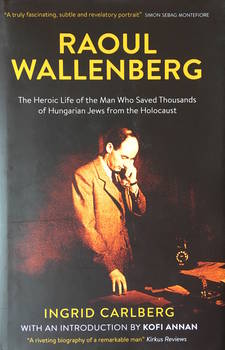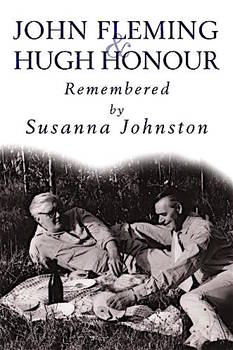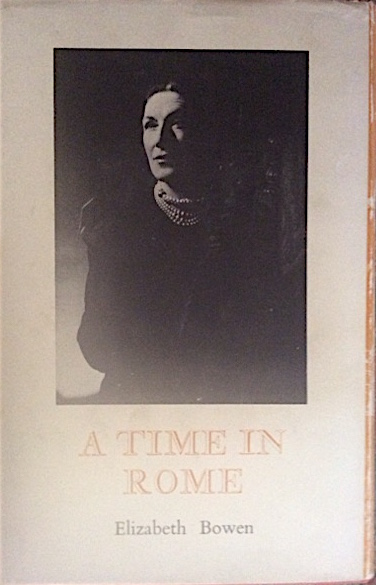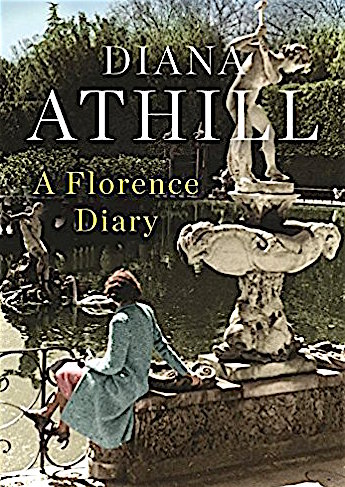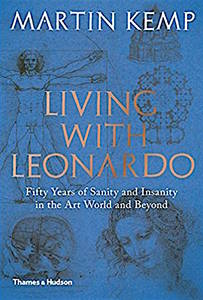
Some time ago I was sitting next to a retired surgeon at a dinner party. I asked him how he filled his time. He told me that he had discovered the anatomical drawings of Leonardo da Vinci and was so astonished by their accuracy that he had taken to lecturing about them. Leonardo was a pioneer in relating thought to observation; in the words of the celebrated art historian Ernst Gombrich, quoted here by Kemp, establishing that ‘the correct representation of nature rests on intellectual understanding as much as on good eyesight’. It is not only the sheer quality of Leonardo’s art and drawing that impresses, it is the endlessly inventive nature of his mind: ‘no one covered the surface of pages with such an impetuous cascade of observations, visualized thoughts, brainstormed alternatives, theories, polemics and debates, covering virtually every branch of knowledge about the visible world known in his time’.
This last quotation is from Martin Kemp’s study of Leonardo’s drawings for an exhibition held at London’s Victoria and Albert Museum in 2006. For fifty years he has been immersed in the works and the book under review is an account of the many adventures that have come his way in what is often a weird world of charlatans, code-breakers, ‘devious dealers and unctuous auctioneers’, as well as honest and committed scholars. As Kemp notes, Leonardo has never finished with him and as late as 2008 he was alerted to a new find, what turned out to be the Christ as Salvator Mundi, now accepted by many—if not all—experts as an original and sold for the Louvre Abu Dhabi for a staggering $450 million.
Kemp’s chapter on ‘The Saviour’ is one of the most absorbing, partly because the subject is so topical. Almost as soon as he had first seen it in the conservation studio of London’s National Gallery, Kemp knew it was special and that it showed many of the characteristics of Leonardo. Originally it was thought to be one of twenty known copies of an original recorded in the collection of Charles I, but once cleaned of accretions and restorations it emerged as clearly superior to its competitors. There were telltale signs such as a pentimento (an alteration made as the artist worked) in Christ’s fingers that was typical of the way Leonardo painted and would not have been found in a copy. Researches of the draperies in Leonardo’s drawings and studies of rock crystal, probably the mineral of the orb that Christ is holding, gradually consolidated the attribution, at least so far as Kemp and other acknowledged experts were concerned. Others disagreed, sometimes without even having examined the painting itself. In the end, solid scientific and archival research have to marry with instinctive reactions to reach a final judgement and Kemp stands firm on the ‘Saviour’s’ authenticity.
Kemp was first drawn to Leonardo when asked to advise on a study of the motion of fluids in his drawings. He gradually became aware of the principles that underpinned the depictions, with Leonardo relating the flow of water to the way that hair curls naturally. In fact, he was later to use this to confirm that the hair of Jesus in one of the versions of the Madonna of the Yarnwinder (see below) was by Leonardo. From there he moved on to the anatomical drawings in the Windsor Castle collection, and he was hooked.
In Living with Leonardo, Kemp takes us through some of the great paintings. There is the famous Last Supper in Milan and the controversy over its restoration. He has been able to see the Mona Lisa ‘out of its prison’ twice, and recent technical work on the underpainting has provided a model for the way Leonardo worked, revising as he went along. This immediately shows up copies and Kemp is thus able to reject the so-called ‘Isleworth Mona Lisa’, which was heavily backed by its owners as the original of the Mona Lisa with a sumptuous volume of ‘research’, without even seeing it. Kemp adds to his appreciation of the Mona Lisa through becoming immersed in the literature of the period, especially the Renaissance idealisation of women, and by making use of discoveries in the Florentine archives to recognise a certain Caterina Lippi as Leonardo’s mother. Caterina married elsewhere soon afterwards but Leonardo’s father, a successful Florentine notary, took Leonardo into his household without shame.
There is a good chapter comparing the two versions of the Madonna of the Yarnwinder, one the property of the Duke of Buccleugh, the other known as the ‘Lansdowne Madonna’. Both appear to be by Leonardo and the relationship between them is complex. The former was spectacularly stolen in 2003 from the ducal castle but Kemp is on hand to confirm its authenticity when it is recovered by police. Then we are on to La Bella Principessa, a haunting study of a girl in Renaissance dress, once believed to be a 19th-century German copy on vellum. Again, simply by looking at it, Kemp and others suspect it is something more than this and studies of the eye link it back to drawings by Leonardo. This is, of course, not enough to confirm an attribution, especially as it is unusual for Leonardo to paint on vellum. However, a breakthrough moment comes with the discovery of a missing page in a vellum book in the National Library in Warsaw. This was a presentation volume to Duke Ludovico of Milan to celebrate the marriage of his legitimised daughter Bianca Sforza in 1496. Leonardo was working for the Duke at the time and so his contribution is possible. It seems that the quality, if not the attribution, of the painting was recognised and the page was cut out in the 19th century. This chapter is notable for the abuse Kemp receives when he goes public that the Principessa is indeed a Leonardo likeness of Bianca Sforza.
As with the medieval Turin Shroud, Leonardo attracts cranks. In a final chapter, ‘Codes and Codswallop’, Kemp deals with Leonardo as a Master of the Priory of Sion, with supposedly heretical additions to the Louvre version of the Virgin of the Rocks, with hidden messages in landscapes, secret letters in the eyes of the Mona Lisa, divine proportions and so on. He appears amazingly generous to purveyors of such nonsense—or perhaps he is simply intrigued with the absurdities that Leonardo provokes. (I have to sympathise: during the course of my own studies of the undoubtedly medieval Shroud of Turin, I found that the more bizarre the arguments by Shroudies were, the more fascinating the Shroud became.)
Living with Leonardo is an excellent introduction to the cut-throat world of attributions and scholarship, here related to a formidable genius. The pressures to find a genuine Leonardo are immense. Yet in the end, it is the instinct that matters, and Kemp’s many years of study enable him to spot the lineaments of a Leonardo among the hundreds of hopefuls that reach him every year.
Reviewed by Charles Freeman, Historical Consultant to the Blue Guides.







